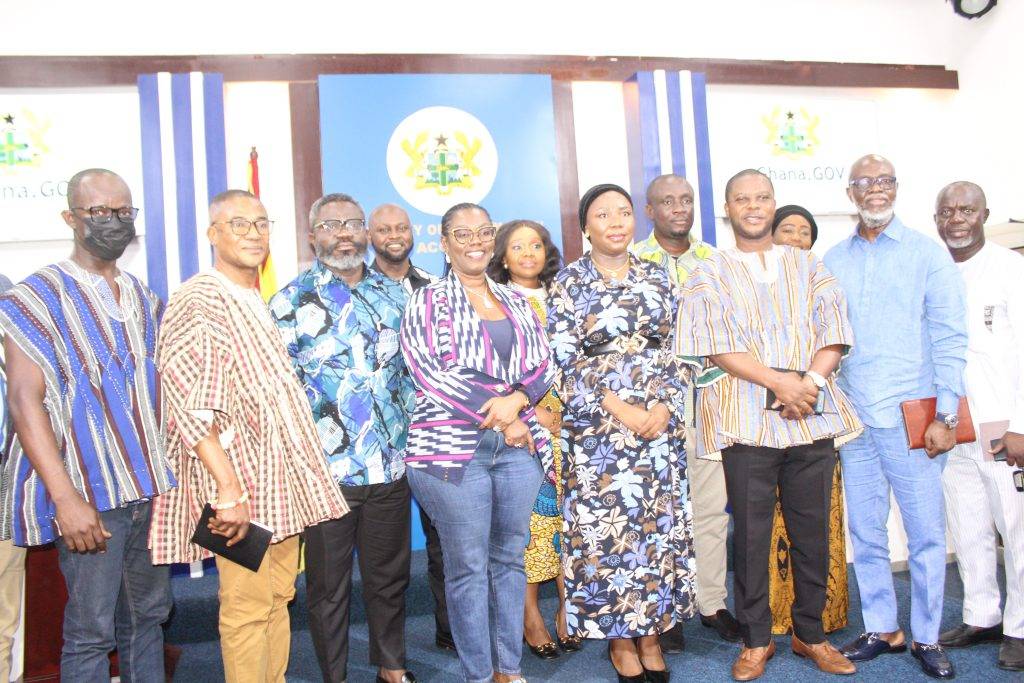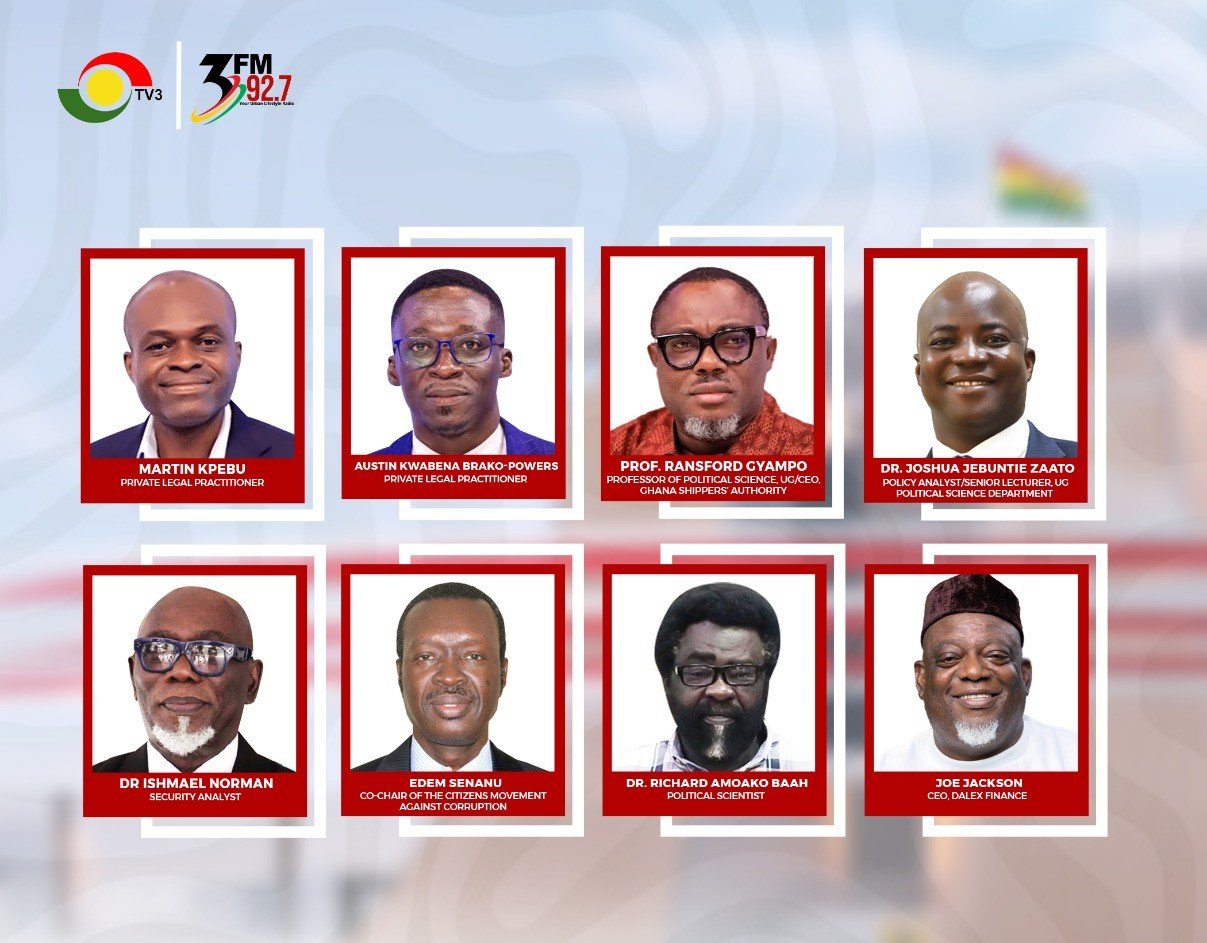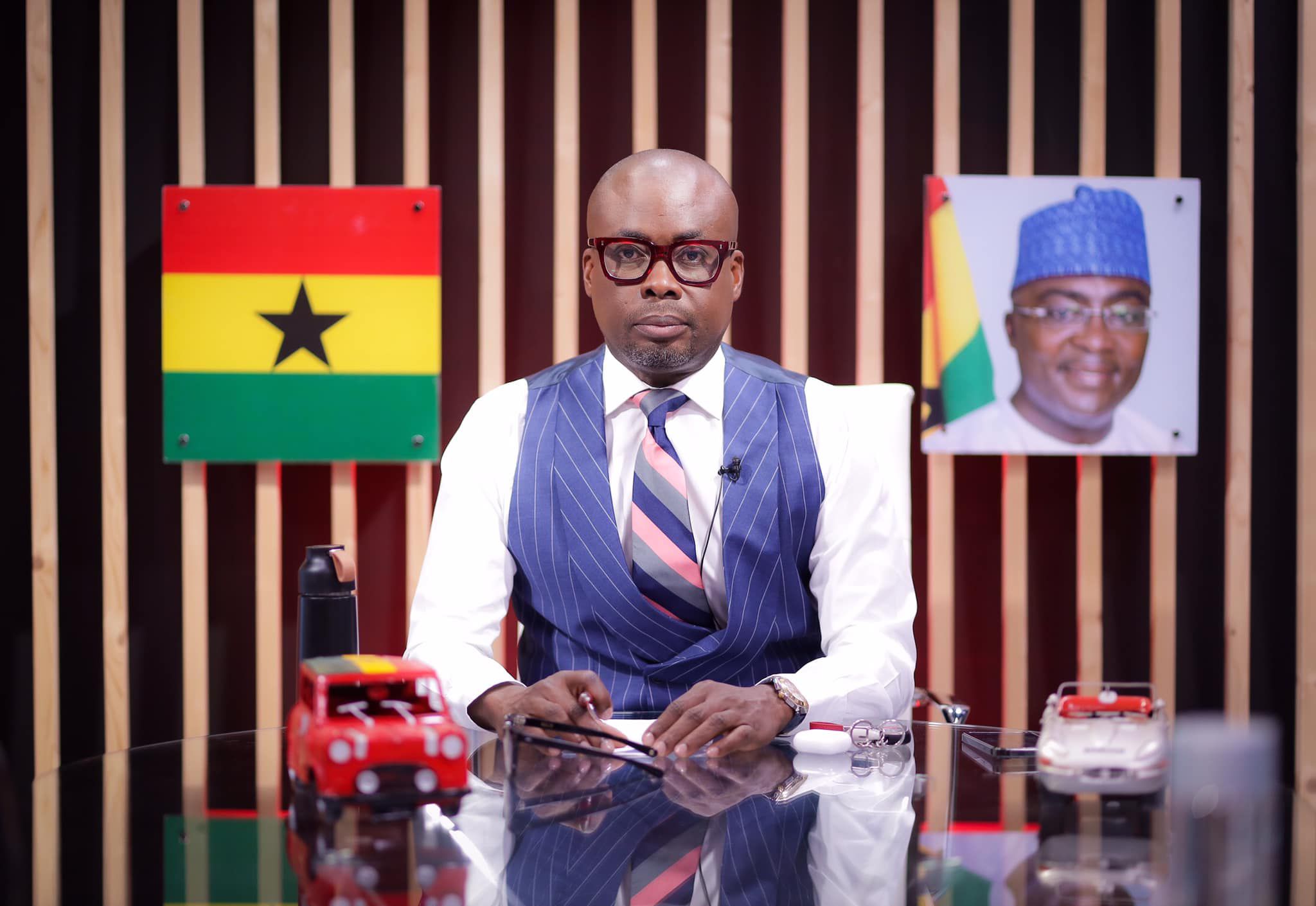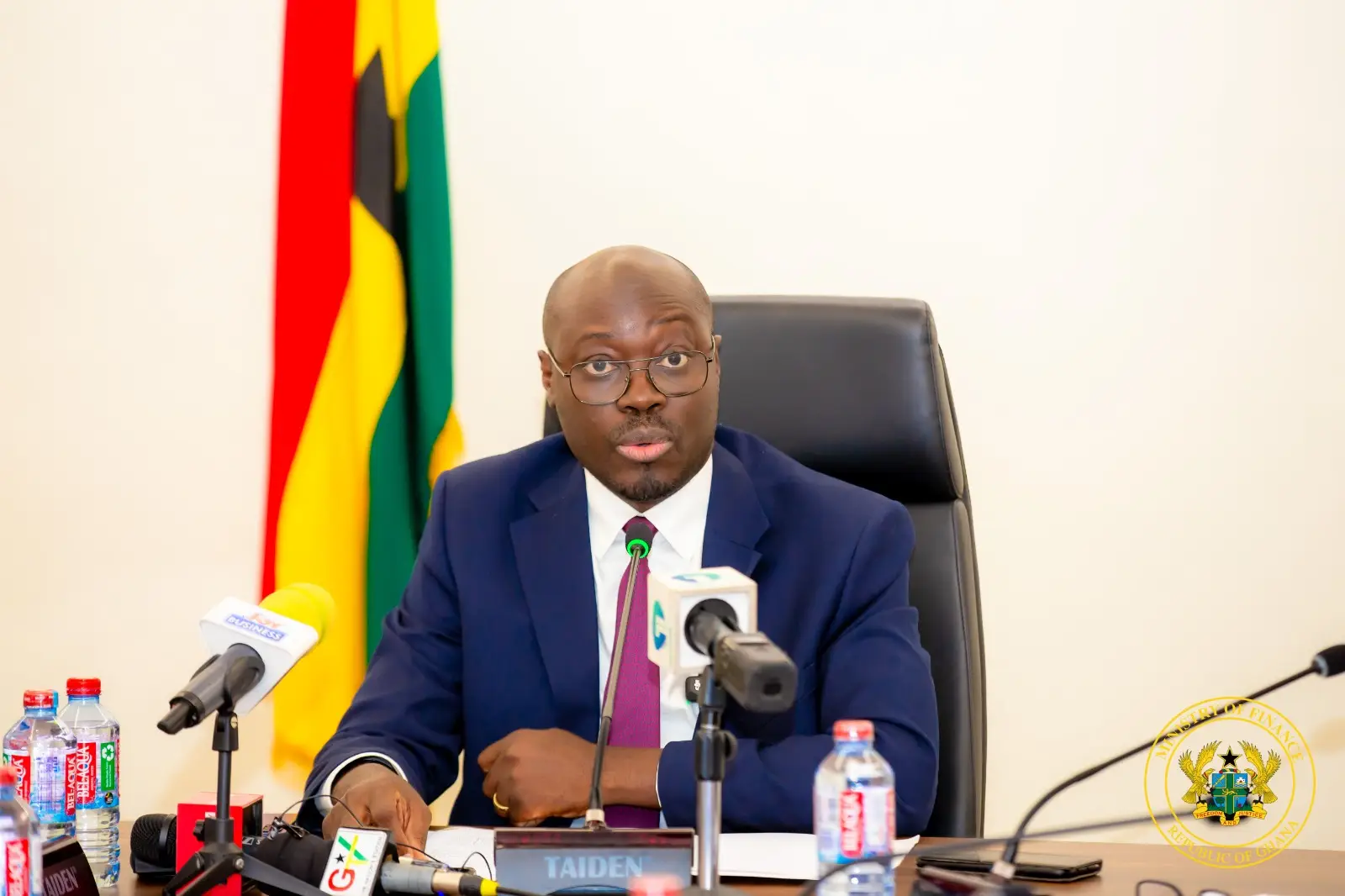
Revenues accruing to the Government of Government fell short by at least GHC3.2 in the first seven months of this year, says the Monetary Policy Summary for September 2017.
The document, released by the Bank of Ghana (BoG) on October 11, 2017, "Provisional fiscal data for the first seven months of the year show that Total Revenue and Grants amounted to GH¢20.8 billion (10.3% of GDP) compared with a target of GH¢24.0 billion (11.3% of GDP); while total expenditures and arrears clearance stood at GH¢28.8 billion (14.3% of GDP) relative to the target of GH¢32.3 billion (16.0% of GDP).
"These resulted in an overall budget deficit of 4.0 percent of GDP as of July 2017, lower than the target of 4.1 per cent of GDP. The deficit was financed mainly from domestic sources," the central bank said.
Offering hope, the BoG indicated that "The fiscal consolidation process is broadly on course despite lower-than-expected revenue performance."
The revenue performance has been undermined by low import levels, slower pace of implementing specific tax measures, revision to tax assessments, and a sluggish non-oil real sector.
Although expenditures remained within targets, the pace of spending picked up in June and July. The continued revenue underperformance could however pose some challenges to the fiscal outlook.
The BoG published the full Monetary Policy Summary in keeping with the norm of releasing the report after Monetary Policy Committee (MPC) meetings in March and September.
As expected, the report provides a brief overview of macroeconomic developments and monetary policy considerations.
"The aim of issuing these monetary policy publications is to provide the public with background materials which served as inputs for the policy decision making process and economic assessments during the MPC session.
"Through the publication of these documents, Bank of Ghana aims to promote accountability of its decision making and build understanding of the monetary policy formulation process among stakeholders," a brief accompanying the document explained.
Impact
The report came on the heels of government holding a public event to announce the restoration of allowances for trainees in nursing and midwifery training institutions.
It is the latest in an avalanche of policies rolled out by the Akufo-Addo government since it took the reins of power in January.
A free Senior High School (SHS) policy rolled out at the end of August, an agricultural sector initiative dubbed 'planting for food and jobs', a one-district-one-factory programme aimed resuscitating suffocating enterprises and reinjection of cash in the national health insurance programme were all expected to deplete government coffers.
The effects of these were further deepened as government announced more than a dozen tax cuts in its first budget, including scrapping Value-Added Tax (VAT) on domestic flight tickets and banking services.
However, government is expecting to recoup more revenue after beginning the implementation of the paperless port clearance system as early signs are showing that many importers can no longer under-report the value of their goods.
Yet, there are expectations that government will reduce corporate tax rates in next year's budget, which is expected to be presented by Finance Minister Ken Ofori-Atta in November this year. This could further reduce revenues, forcing government to resort to more borrowing.
For a government that campaigned strongly against incessant borrowing, when in opposition, this is proving to be a dilemma as debt levels continue to rise even though government has indicated it will use the strategy of debt re-profiling to manage debt levels.
Public Debt
In the Monetary Policy Summary for September 2017, the BoG indicated that the total public debt stood at US$31.7 billion (68.6% of GDP) at the end of June 2017, compared with US$29.2 billion (73.2% of GDP) and US$32.0 billion (68% of GDP) at the end of December 2016 and May 2017 respectively.
"Of the total, Domestic debt accounted for about 46.0 per cent, compared with some 43.7 per cent share in 2016 and 46.6 per cent in May 2017," the central bank said.
This means each of the estimated 29,007,797 Ghanaians owes about US$1,092 or GHC4,776 (US$1=GHC4.375).
Read Full Story


















Facebook
Twitter
Pinterest
Instagram
Google+
YouTube
LinkedIn
RSS